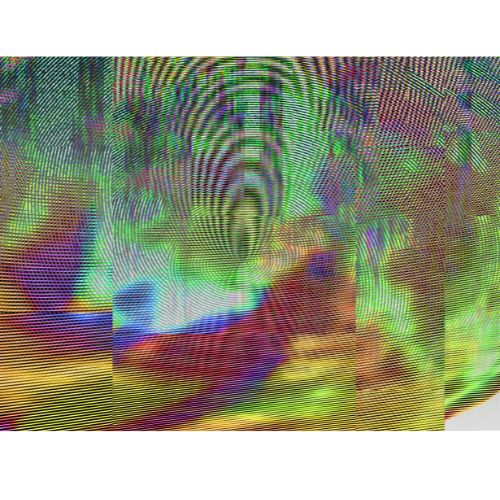
Exploring the Technical Nuances of PAL and NTSC in Home Digitisation
Share
Digitising video content at home involves more than just transferring content from one medium to another; it requires an understanding of the underlying broadcast standards—In Australia we use primarily PAL, but sometimes our customers have NTSC media from overseas. Each of these systems has its unique characteristics that affect the digitisation quality and process.
Technical Specifications of PAL and NTSC
PAL and NTSC differ fundamentally in three areas: frame rate, resolution, and colour encoding, which all significantly influence the digitisation process.
Resolution and Frame Rate:
- NTSC: Uses a resolution of 720x480 pixels with a frame rate of 29.97 frames per second. The unique frame rate is a result of a compromise made to accommodate colour broadcasting without significantly altering the 30 fps black-and-white system.
- PAL: Offers a higher resolution at 720x576 pixels with a frame rate of 25 frames per second. The choice of 25 fps is synchronised with the 50 Hz power supply used in most countries adopting PAL, reducing flicker and improving the quality of motion portrayal.
Color Encoding:
- NTSC: Suffers from minor colour inaccuracies due to its method of colour encoding, which can lead to colour bleeding and less sharp images. This system encodes colour information with a lower subcarrier frequency (approximately 3.58 MHz), which is prone to phase errors.
- PAL: Addresses these colour instabilities with a technique that alternates the colour phase signal each line, which effectively cancels out phase errors. This is known as "Phase Alternating Line", which enhances overall colour stability and accuracy.
Considerations for Digitising at Home
When converting tapes at home, considering these differences can guide how to achieve the best quality:
Capture Equipment: Ensure your video capture equipment can handle both NTSC and PAL tapes. Dual-standard VCRs or multi-system converters are crucial for handling both formats effectively.
Software Configuration: It's essential to configure your digitising software to accurately reflect the source material's standard. Misconfiguration can lead to improper frame rates and resolutions, leading to quality degradation.
Interlacing and Deinterlacing:
- NTSC and PAL Videos:Both standards use interlaced video, which means each frame consists of two fields captured at slightly different times. Effective deinterlacing is crucial when digitising to maintain fluid motion and image integrity, especially when converting to a progressive format like digital video files.
- Software Tools:Use advanced deinterlacing filters and settings. Tools like Yadif (Yet Another DeInterlacing Filter) or QTGMC in processing software can help achieve superior results by smoothing motion and reducing interlace artefacts.
Compression and Codecs: Choosing the right codec and compression settings is vital. While MP4 (with H.264 codec) is ubiquitous for digital files, using a high-quality intra-frame codec like ProRes or DNxHR during the initial capture can preserve quality before final encoding to more compressed formats.
Quality Control: Regularly monitor the digitization process for synchronisation issues, audio delays, and potential digital artefacts. This includes checking for issues specific to the NTSC format, such as the 'dot crawl' artefact, a visual distortion caused by the composite video signal's chrominance (colour) and luminance (brightness) signals interference.
Understanding the detailed technical differences between PAL and NTSC is crucial for anyone looking to undertake home digitisation projects. By considering the specifics of each standard, you can optimise the setup to preserve the highest quality of the original media, ensuring that your nostalgic videos are enjoyed for years to come in digital form. Whether you're a hobbyist or a professional, the right knowledge and tools are key to successful video digitisation.
At DigitiseNOW, we understand the technical nuances and challenges of converting your cherished memories from VHS tapes, whether they are in NTSC or PAL formats. Our expertise in handling both standards ensures that each video is captured with the highest fidelity, using state-of-the-art equipment and advanced software solutions. We not only preserve the original quality of your tapes but also enhance them using the latest in video processing technology to correct color imbalances and reduce artifacts. Trust DigitiseNOW to bring your old memories into the modern digital age with clarity and care, making them easily accessible and ready to share with family and friends. Choose us for a professional, hassle-free digitisation service that respects the legacy of your personal archives.
